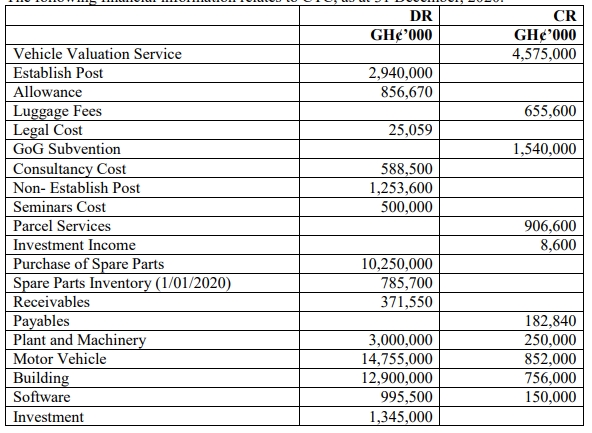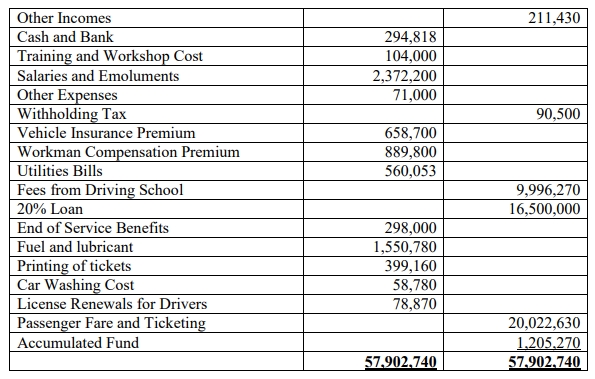- 7 Marks
PSAF – Nov 2024 – L2 – Q2a – Valuation of Legacy Fixed Assets
Valuation and accounting treatment of legacy fixed assets in compliance with IPSAS.
Question
The Ministry of Indigenous Enterprises has been charged to collect legacy fixed assets data and value them in accordance with International Public Sector Accounting Standards (IPSAS). The Fixed Assets Coordinating Unit (FACU) of the Ministry has collected for valuation the following data for your action:
The Ministry owns a four (4) storey Office Administration block. The average cost per floor is GH¢4,741,256.25. The building was constructed on a land size of 20 plots of land owned by the Ministry. Currently, a plot of land in that area costs GH¢2,500,000. The FACU has measured the sizes of the building as follows:
- Length: 87.5 meters
- Width: 42.65 meters
- Reference Price per Square Meter: GH¢4,432
However, a professional body, the Institute of Architects and Engineers, has given the reference price for the cost of such an office building at an estimated price of GH¢87,965,025. The building has not seen any further facelift ever since. However, a fence wall with a gate to enforce security and secure the land has just been completed in the current year at a cost of GH¢8,970,000 with a lifespan of 50 years.
The year of construction of the office building could not be determined, yet an old watchman who had been there for ages remembers that the building was constructed some 42 years ago, a time when his seventh child was born. It is the decision of the Government of Ghana on the adoption of IPSAS not to take advantage of the three-year exemption period but to account for legacy fixed assets by taking 60% of the reference cost of the legacy assets as the deemed cost, with a reduced lifespan of 30 years.
Required:
i) Calculate the cost of the land and buildings with structures to be brought into the books on the adoption of IPSAS and determine the depreciation chargeable in the first year in respect of these assets. ii) Show the extract of Statement of Financial Position of the Ministry of Indigenous
Enterprises as at that date
Find Related Questions by Tags, levels, etc.


